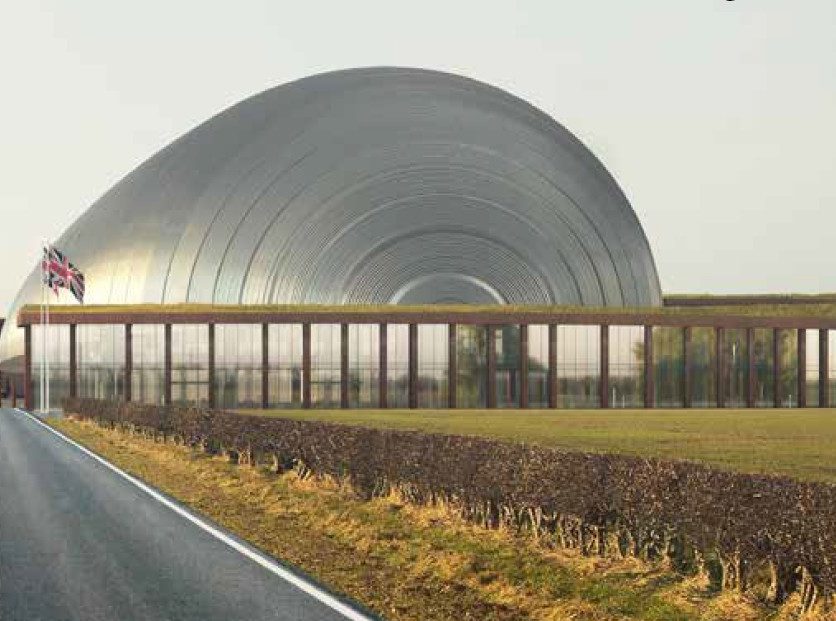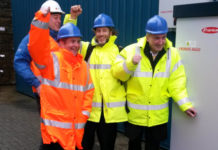Britain’s nuclear expansion must be sourced from home-based suppliers, and must include reviving north Wales’ defunct Wylfa station, an industry-backed panel of MPs advocates today.
The Planning Inspectorate, Whitehall’s body overseeing new strategic infrastructure, must have an explicit remit towards Net Zero, says the all-party Nuclear Energy Parliamentary Group.
The PI has in the past turned down development of both Wylfa and Sizewell C, on what the committee brands ‘minor environmental technicalities’. The PI and related approval bodies must be adequately resourced to meet ‘the urgent need for more clean energy’, say the MPs.
They set out their steps to boost next generation atom-splitting in Made In Britain: The Pathway to a Nuclear Renaissance. The report’s recommendations are angled to ensure the UK meets government targets for 24GW from the source by 2030. A roadmap is expected from government before January.
The remit of Great British Nuclear, the public industry body advocated by Rishi Sunak’s administration, is central to the MPs’ recommendations. They question uncertainties lingering around it, including the extent of its ownership or control of nuclear sites, whether it will apply for or hold individual operating licences, and how it will source funds for the industry.
The body will need to draw on ‘dozens’ of new small modular reactors (SMRs), part-assembled in factories, to secure nuclear’s clean generation potential, the study says. Rolls Royce leads advocates for the stripped-down models, pictured, adapted from its own submarine engines.
National Planning Statements touching on new nuclear must be rapidly updated and adopted, the APPG adds.
Reacting to present government intentions, the report notes Sunak’s pledge to reach a final investment decision for Sizewell C before the next general election, and for two other as-yet-unidentified projects to reach the same stage before 2029. Even that timeline, in the committee’s view, will “leave Britain 21 years, 12GW and billions of pounds short of our ambition”.
The MPs urge the government to commit to giving GBN the funds to take equity shares in SMR-scale projects as required.
The prevailing regulated asset base (RAB) model, combined with direct equity investment via the Treasury or arms-length public bodies, should be established as the government’s preferred funding model for future projects, they recommend.
Assigning development SMR sites to technology partners as early as March next year will help preserve British technologists’ lead over in stripped-down generation, says the committee, reflecting the view of its sponsors among nuclear operators and manufacturers.
Plans to revive the Wylfa site, closed since 2015, foundered three years ago when Hitachi pulled out of funding new technology. Selecting the right generation method and appropriate investors for the venture is more urgent than ever, say the MPs.
The site on Anglesea is the best in Europe for a large-scale nuclear plant and “thus ideal for realising the fleet effect of multi-unit replication”. The government must buy both the site and rights to Hitachi’s proprietary generation technology, in order to fulfil the plot’s potential, says the committee.
Full text of the report is here.




